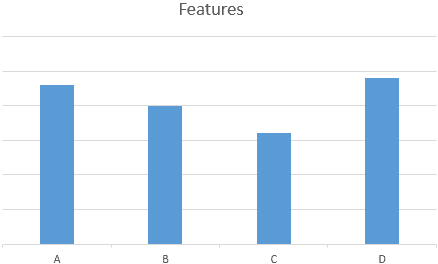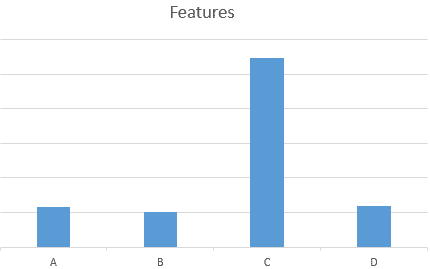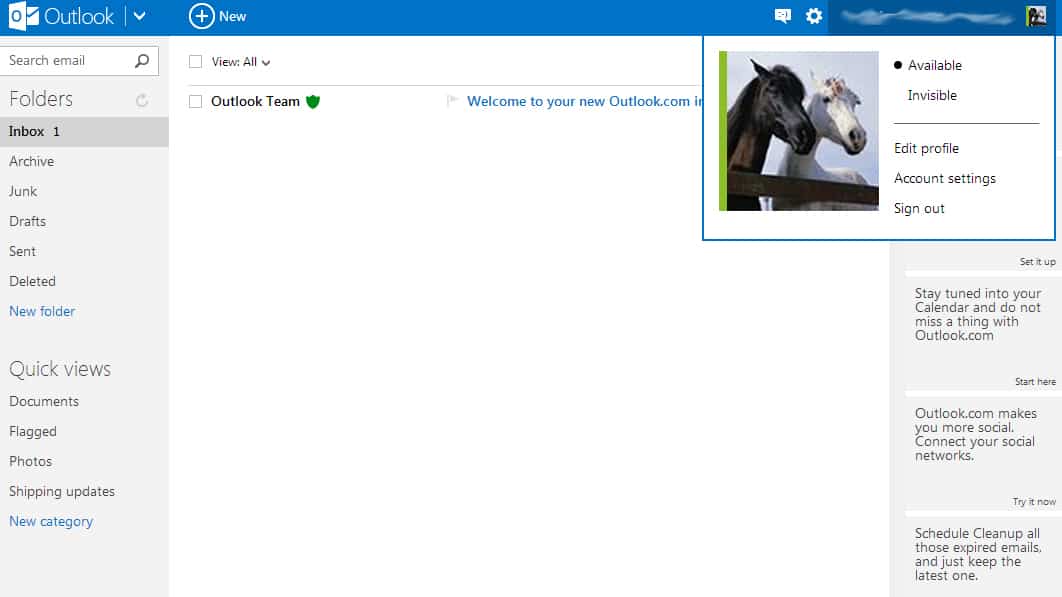Moving from inertia to action usually requires some sort of change in circumstances. Too often, status quo appears to be the easiest option – even when it isn’t.
Many online businesses stick with using poor support and tracking systems for their customers. Not because they are so attached to the systems in question, but because the pain of switching to a different solution is almost too much to bear. It’s only when the damage caused becomes impossible to ignore that they are forced to grit their teeth and begin the slow, agonizing process of migration.
Yet software companies also know that they have to keep up with the efforts of their competition, as failure to do so may render their products obsolete.
When someone goes looking for a solution to a problem, they inevitably draw up a basic list of requirements. All other factors being equal, the product that ticks the most boxes is most likely to be chosen; in this case Product C.
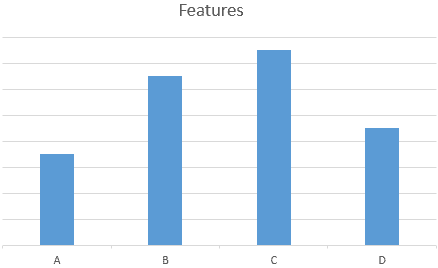
Over time, this competitive matrix is almost certain to change, as new features are implemented by the different competing companies. Assuming that the experience has been a reasonable one, the user is still unlikely to change products without a tangible and pressing reason for doing so. It’s simply easier to remain with the product that they’re already using, even though Product C is now lagging behind the others in terms of features and innovation.
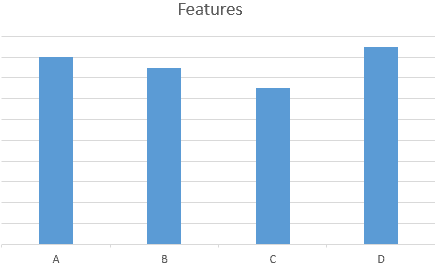
At some point, however, Product C may really start to fall behind.
Depending on the complexity of moving to a new product, many users will still choose to remain with what they are already using. In fact for many, it won’t be until the point of pain that they will finally decide to switch. The critical point here is that most users switch because of the failings of their current product, and not because of the strengths of the new solution.
In other words products A, B and D don’t necessarily have to be fundamentally better than Product C. They just need to avoid making the same mistake as product C.
So as long as they can avoid breaking what they already have, keeping up with their competition is more important in attracting new customers than retaining existing ones. Up to a point, at least.
So how do you go about compelling users of other competing products to migrate to you? The most effective way is to compete with them in such a manner that you simply can’t be ignored. To the point that the differences between the other products no longer matter – they simply don’t compare.
Imagine that you’re in the unlikely position of suddenly needing an email solution that you can access from any web browser. Are you really going to weigh up the differences between Hotmail, Yahoo and Gmail?
So why then do today’s Hotmail users make the move to Gmail?
It probably isn’t because of the interface:
It’s because of the pain. They’re sick of having their accounts compromised, and they’re tired of wading through the amount of spam that they receive.
Pain forces users out of their inertia and into action. You can’t legally or morally create pain for your competitor’s users, but you can certainly make sure that your product is visible as the antidote for their suffering.
Unique ideas for your business
The Demystifier puts practical ideas into your hands. You won't find them elsewhere. Original, actionable and insanely effective.


